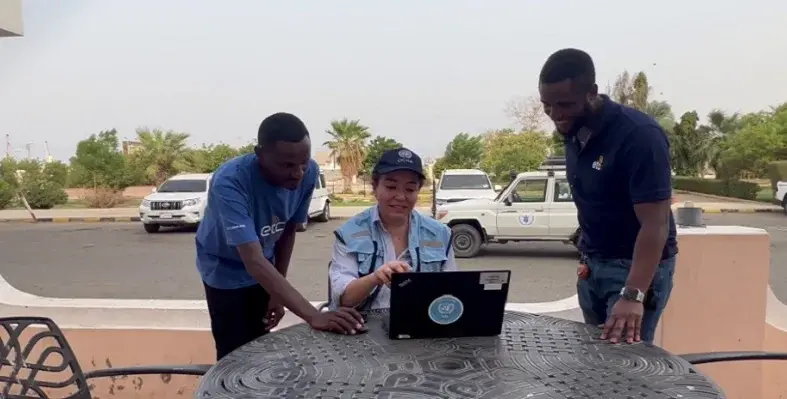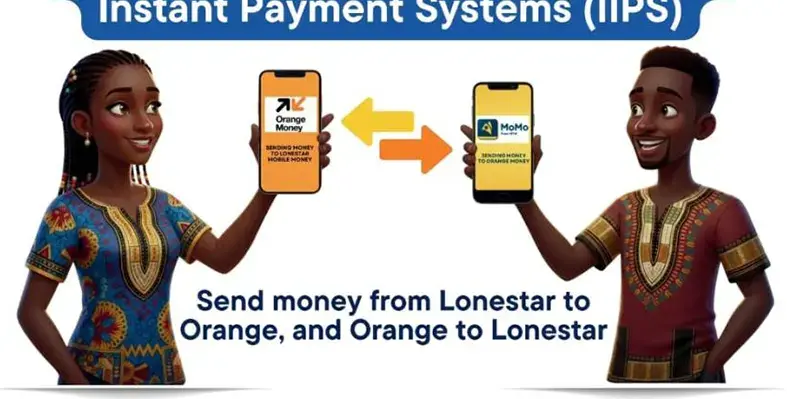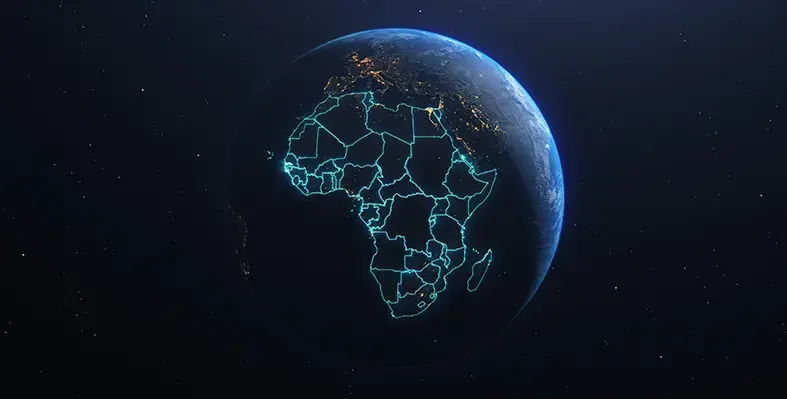
Global telecom giants and Ericsson join forces to launch a new venture, delivering universal network APIs to accelerate app development and innovation. (Image source: Adobe Stock)
Today, some of the largest telecom operators worldwide, including América Móvil, AT&T, Bharti Airtel, Deutsche Telekom, Orange, Reliance Jio, Singtel, Telefonica, Telstra, T-Mobile, Verizon, and Vodafone, along with Ericsson, have announced the launch of a joint venture aimed at delivering network Application Programming Interfaces (APIs) on a global scale to foster innovation in digital services
Network APIs offer a streamlined way to access, utilise, and pay for network capabilities, and this initiative aims to make these APIs universally accessible across multiple telecom service providers.
Historically, the advanced functionalities of modern mobile networks have been out of reach for developers, and integrating the capabilities of numerous telecom operators has proven complex. This new venture seeks to consolidate network APIs worldwide, enabling new applications to seamlessly function on any network, thus simplifying and accelerating the innovation process for developers.
Global API revolution
The introduction of these easily accessible network capabilities will unlock new opportunities for app development, empowering developers to create novel use cases across diverse sectors. These may include fraud prevention for financial transactions and the ability to adjust streaming quality dynamically based on device status.
The venture will offer network APIs to a wide ecosystem of developer platforms, including hyperscalers (HCPs), Communications Platform as a Service (CPaaS) providers, system integrators (SIs), and independent software vendors (ISVs). It will be based on CAMARA APIs, an open-source project backed by the GSMA and the Linux Foundation. Vonage and Google Cloud will also collaborate, granting access to their extensive developer ecosystems and partner networks.
With Ericsson contributing its platform and network expertise, along with its global telecom relationships, the new company aims to drive the industry forward. Telecom operators like Three Sweden (Hi3G Access) are already in talks to join, with more expected to follow, creating a significant revenue opportunity.
Pending regulatory approvals, the venture is expected to close by early 2025, with Ericsson holding 50% of the equity and the telecom providers collectively holding the remaining 50%. The venture, guided by the GSMA Open Gateway principles, will ensure an open and inclusive platform to maximise value across the industry.
Gopal Vittal, managing director and CEO, Bharti Airtel, stated, “Today marks a defining moment as the industry comes together to form a unified platform that will allow more developers and businesses to utilise our networks and explore API opportunities through open gateway principles. This move will enhance network monetisation opportunities. Airtel is delighted to partner in this initiative that will help enable the telecom sector to drive growth and innovation across the ecosystem.”
Börje Ekholm, president and CEO, Ericsson, remarked, “Today is a defining moment for the industry and milestone in our strategy to open up the network for increased monetisation opportunities. A global platform built on Ericsson’s deep technical capabilities and with a comprehensive ecosystem, that provides millions of developers with a single connection, will enable the telecom industry to invest deeper into the network API opportunity, driving growth and innovation for everyone.”

























